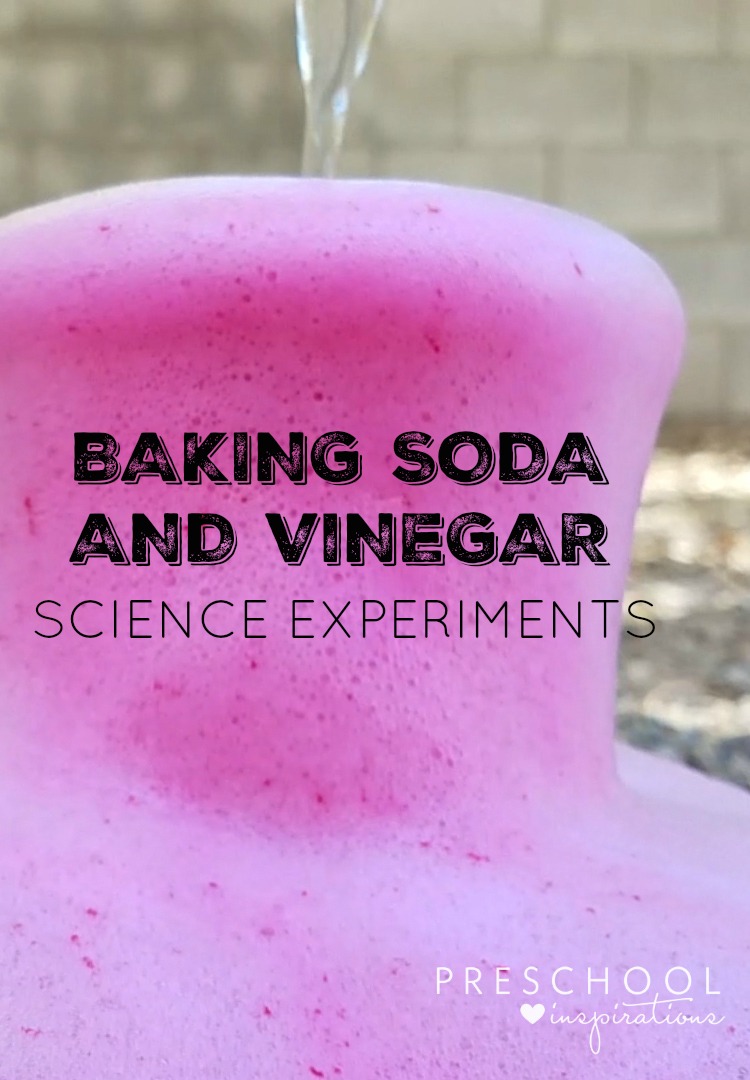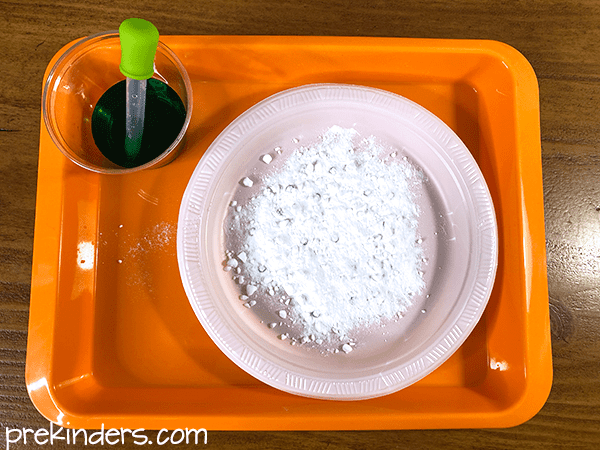Low battery
Battery level is below 20%. Connect charger soon.
Baking Soda and Vinegar Experiment: The Fun Science Trick That Never Gets Old
The classic baking soda and vinegar volcano is a staple of science fairs and kitchen experiments for a reason. It’s simple, safe, and visually captivating, demonstrating fundamental chemical principles in a way that’s engaging for all ages. This experiment isn’t just about the eruption; it’s a gateway to understanding chemical reactions, acids, and bases. Let’s dive into the science behind the fizz and explore how you can make this experiment even more exciting.
The Science Behind the Fizz: An Acid-Base Reaction
The magic behind the baking soda and vinegar volcano lies in a classic acid-base reaction. Vinegar is a weak acid (acetic acid), while baking soda (sodium bicarbonate) is a base. When these two substances mix, they react to produce:
- Carbon Dioxide Gas (CO2): This is the gas responsible for the bubbling and fizzing you see. It’s what creates the “volcanic eruption.”
- Water (H2O): A simple byproduct of the reaction.
- Sodium Acetate: This is a salt that remains in the solution after the reaction.
The chemical equation for this reaction is:
CH₃COOH (acetic acid) + NaHCO₃ (sodium bicarbonate) → CH₃COONa (sodium acetate) + H₂O (water) + CO₂ (carbon dioxide)
Beyond the Basic Volcano: Variations and Enhancements
While the basic volcano is fun, there are countless ways to enhance the experiment and make it even more engaging:
- Building a Volcano: Use clay, cardboard, or even a plastic bottle to create a volcano shape around your reaction vessel. This adds a dramatic visual element.
- Adding Color: A few drops of food coloring can transform the eruption into a vibrant, colorful spectacle. Red is particularly effective for a “lava” effect.
- Making it Bigger: Increase the amounts of baking soda and vinegar for a more dramatic eruption. Just remember to do this in a safe, contained area.
- Exploring Different Containers: Experiment with different containers to see how the shape and size affect the eruption.
- Measuring the Reaction: Introduce elements of measurement to make it a more scientific experiment. For instance, measure the amount of gas produced or the temperature change.
Safety Precautions: Ensuring a Fun and Safe Experiment
While generally safe, it’s crucial to take a few precautions when conducting this experiment:
- Adult Supervision: Always supervise children during this experiment.
- Eye Protection: Consider wearing safety goggles, especially if you’re working with larger quantities.
- Ventilation: Conduct the experiment in a well-ventilated area.
- Cleanup: Clean up any spills immediately.
Taking it Further: Exploring Related Concepts
This simple experiment opens doors to exploring more complex scientific concepts. You can delve into:
- Acids and Bases: Learn about the pH scale and the properties of acids and bases.
- Chemical Reactions: Explore different types of chemical reactions and their characteristics.
- Gas Laws: Discuss how the production of carbon dioxide gas relates to gas laws.
Conclusion: A Timeless Science Classic
The baking soda and vinegar experiment is more than just a fun activity; it’s a powerful tool for teaching fundamental scientific principles. Its simplicity and visual appeal make it an ideal introduction to chemistry for children and adults alike. So gather your materials, get creative, and experience the timeless wonder of this classic science experiment.
Frequently Asked Questions (FAQs)
- What happens if I use too much baking soda or vinegar? Using excessive amounts may result in a messy overflow. Start with smaller quantities and increase gradually.
- Can I reuse the leftover solution? No, the reaction is complete, and the leftover solution won’t produce another eruption.
- Why does the mixture fizz? The fizzing is caused by the release of carbon dioxide gas, a byproduct of the acid-base reaction between vinegar and baking soda.
- Is this experiment safe for young children? Yes, but always supervise young children closely and ensure they understand safety precautions.
- What other materials can I use instead of vinegar or baking soda? While vinegar and baking soda are the most common and readily available, other acids and bases can produce similar reactions, but always research the safety aspects before attempting.




